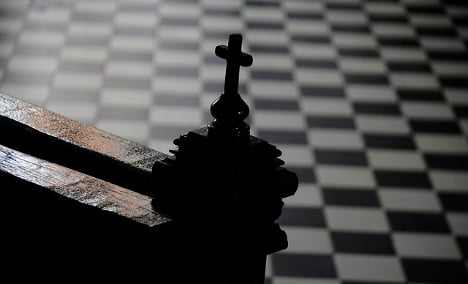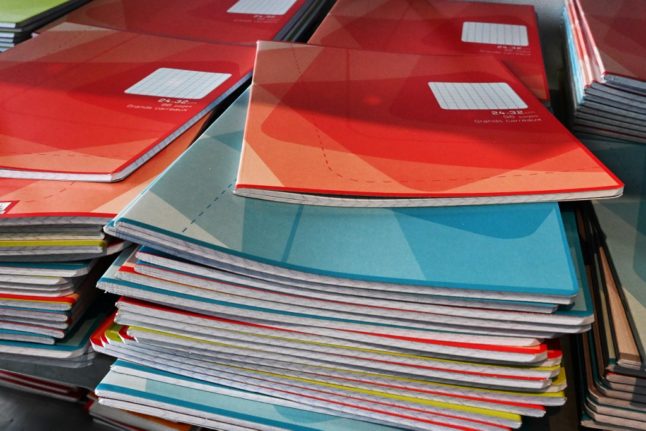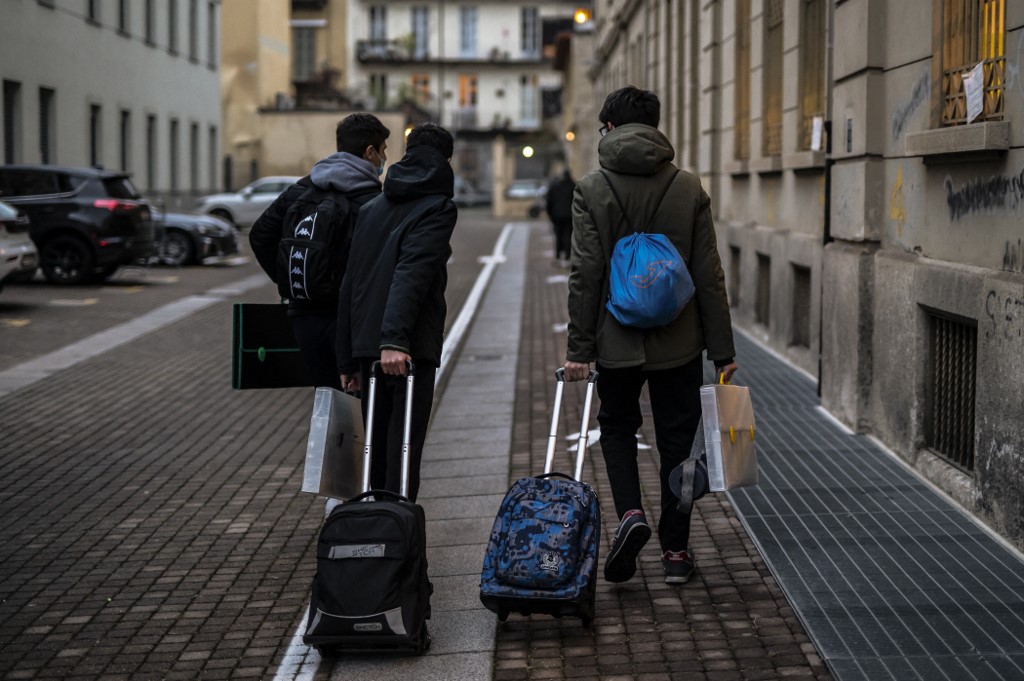The decision came a few weeks after Emilia Romagna’s regional administrative court (Tar) banned Catholic priests from performing Easter blessings in two of the city’s elementary schools, Giosuè Carducci and Fortuzzi, and a middle school, Lavinia Fontana.
The ban was sought by a group of parents, who, keen to promote secularism in schools, took legal action against a decision last year by governors of Giosuè Carducci to allow children and their families to voluntarily attend Easter prayers after school hours, arguing that the ritual was “unconstitutional”.
The Tar agreed, with Judge Giuseppe Di Nunzio in late February arguing that the blessings were a “religious rite” and that such rites had no place in schools, unlike the tradition of placing a crucifix on a wall or hosting a nativity scene
Needless to say, the decision divided public opinion, with supporters saying the blessings did not breach the state’s secularity.
At the request of the Ministry of Education, the state’s administration court intervened, saying the ban must be suspended immediately, Today.it reported.
Schools can now, if they wish, hold Easter blessings.
Although the church and state were officially separated by the constitution in 1984, a special treaty with the Vatican allows schools to offer an hour a week of voluntary religious instruction. Symbols such as crucifixes in public places are also not considered to be a breach of the secularity of the state.





 Please whitelist us to continue reading.
Please whitelist us to continue reading.